Search Results for 'Eglinton Canal'
46 results found.
Colleran’s offers a house beside the canal for €190,000
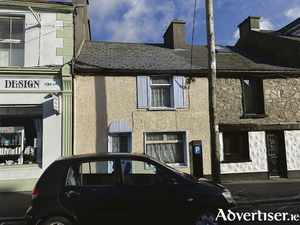
Colleran auctioneers have just been favoured with the sale of a lovely city centre house backing onto Eglinton Canal. No 26 Henry Street is an extended two bedroom house in need of considerable work which has clearly been reflected in the guide price of €190,000. Henry Street is now one of Galway city centre’s most vibrant areas, affectionately known as “the west” with its very welcoming long established community.
Spectacular canalside property
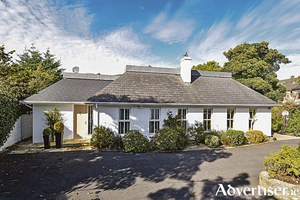
A tranquil oasis in the heart of Galway city, Canal Court is a small gated development facing the Eglinton Canal. No 6 is a semidetached bungalow style residence with private rear garden, parking to front, and side entrance. The property was recently refurbished to an extremely high standard with large spacious rooms, quality flooring, fittings, and furnishings, and is presented in turnkey condition.
Moon’s
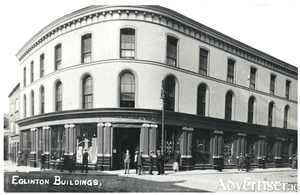
This building was designed by a Mr Farquarson around the year 1812. It has a three storey façade. The bays on the ground floor are articulated by paired fluted ionic pilasters while on the first floor, there are round-headed windows with moulded architraves which are flush with the wall surface and on the second floor segmented–headed windows similarly treated. The exterior has been preserved unchanged since it was built and is one of the most attractive corners in Galway, complemented by the rounded corner of what used to be McNamara’s and the elegant corner of what used to be Dillon’s.
East of the Corrib Cycle-Bus community cycle this Sunday
The East of the Corrib Cycle-Bus is delighted to announce a community cycle this Sunday, 12th September, as part of Bike Week 2021.
The city deserves better for its green spaces
The Middle Arch walkway between Wolfe Tone Bridge and Claddagh Quay has been shut for almost all of 2021 to date. While it is expected to reopen shortly, this green riverside space was just briefly reopened in May before it was shut again nine days later after large crowds gathered at the end of the school term, generating rubbish and noise, and causing a big headache for local residents.
Clifden railway - An outstanding engineering accomplishment
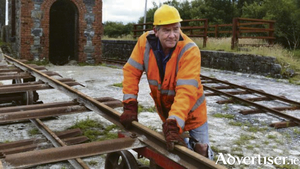
Pádraig Pearse’s first visit to Connemara was in 1903, when he was 24 years of age. He was sent there by Conrad na Gaeilge, a nation-wide Irish language movement, then gaining momentum year after year, to examine a group of young teachers from the Ros Muc area, to see if they were fit to teach Irish. When this young romantic man, already with an image of an ‘Irish Ireland’ in his mind, stepped from the train at Maam Cross station, he had a life-changing realisation that this was ‘a little Gaelic kingdom of its own’.
Connolly calls for clean up of city canal network
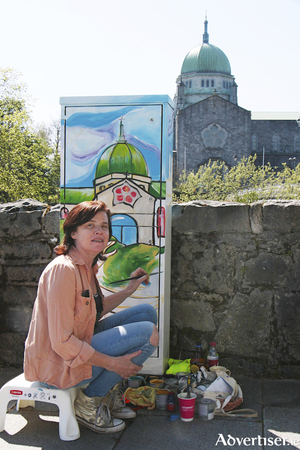
Cllr John Connolly has called for a clean up of the city canal network.
Connolly calls for a clean up of the city canal network

Galway city's canal networks are in need of urgent cleaning, Fianna Fáil Galway City West councillor, John Connolly told this week's online council meeting.
The last boat to use the canal
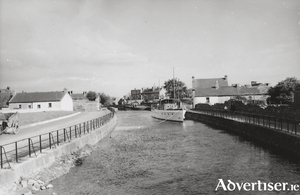
On March 8, 1848, work was started on the Eglinton Canal. The Harbour Commissioners had been anxious to develop the New Dock. There were about 300 boats in the Claddagh and the amount of seaweed landed for manure in the spring of 1845 was 5,000 boat loads, averaging three tons each. The seaweed factory had been moved up to ‘The Iodine’, so the work on the canal was vital. It would allow boats to go from the Claddagh Basin up to the lake, boats from Cong and Maam to get to the sea, and improve the mill-power on the Galway River.
The Claddagh Basin
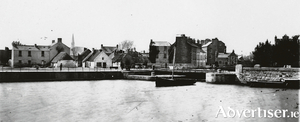
The actual cutting of what we now know as The Eglinton Canal began in March 1848. It provided much needed work during the Famine. It began at the Corrib Club and entered the sea near the Claddagh Church. The filling they dug out was used to fill terraces in UCG (which was also being built at the time) and to fill in the causeway behind Claddagh Quay. The Claddagh Basin and the Claddagh Quays were constructed to cater for the 300 boats which were operating out of the Claddagh at the time.

